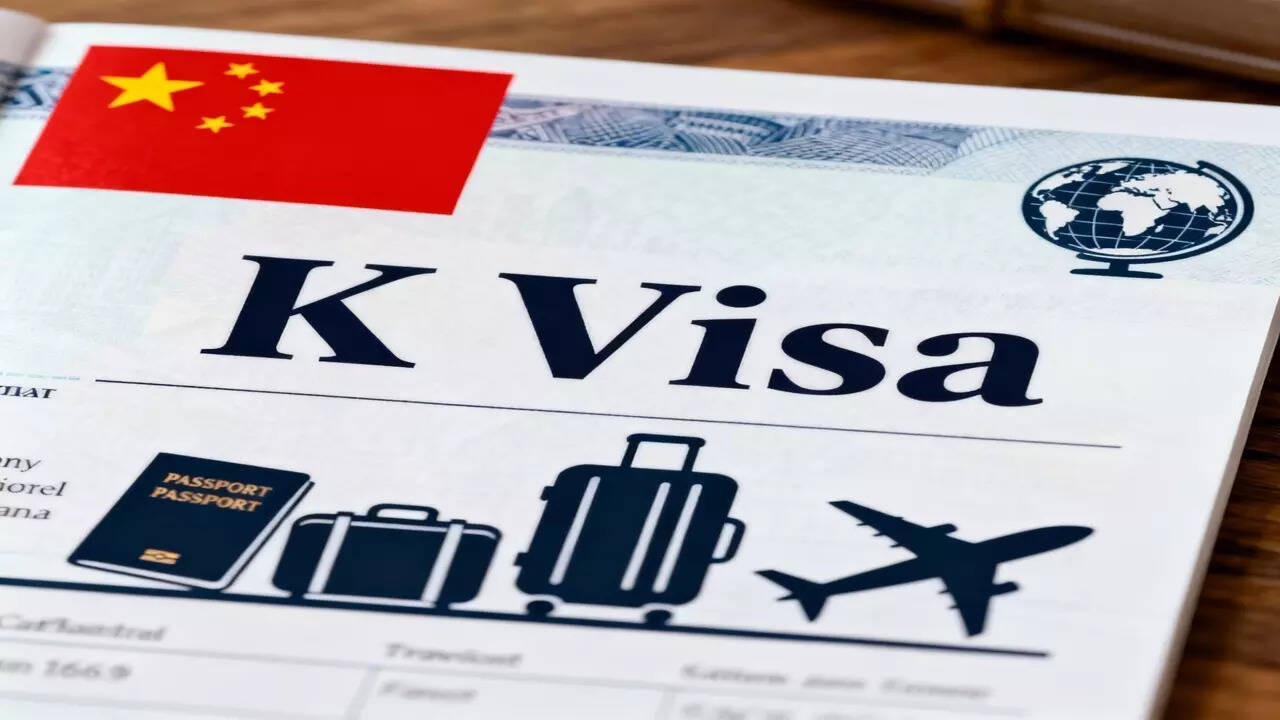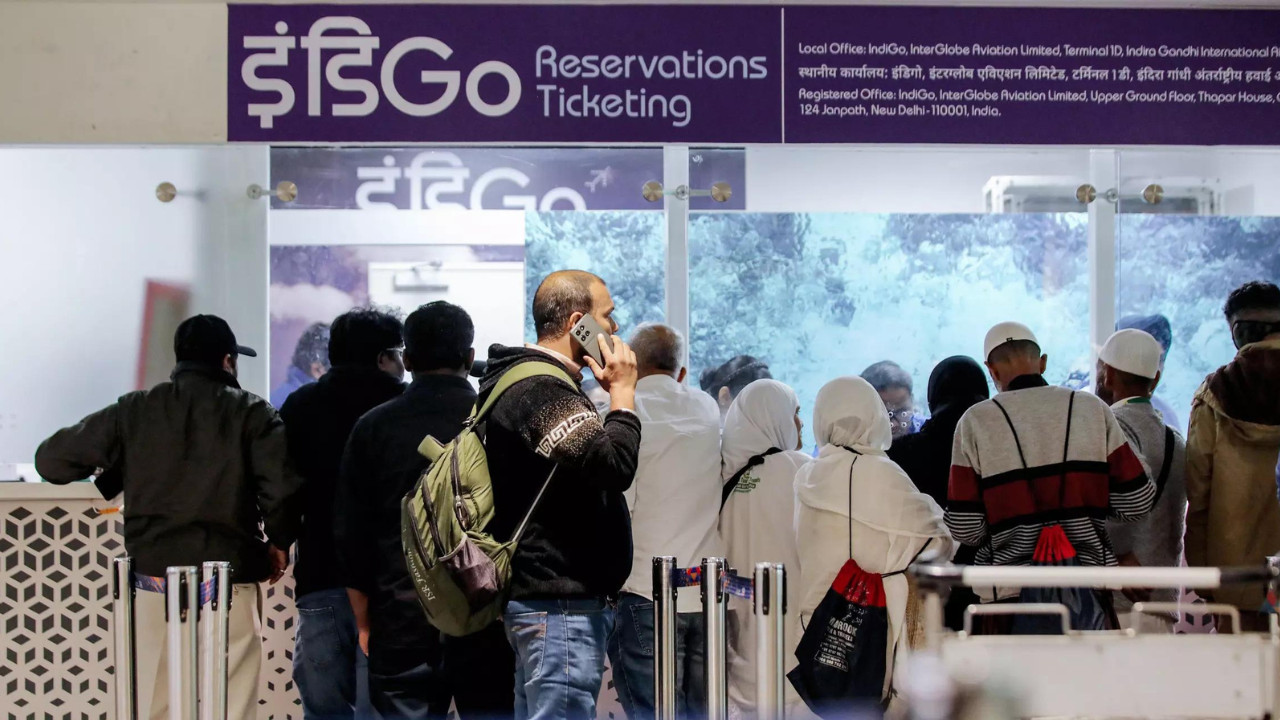China’s new K visa, effective October 1, 2025, targets young global STEM graduates, offering entry and work authorization without prior job offers. This initiative in a way counters the US’s stricter H-1B policies, including a $100,000 fee hike, potentially attracting Indian professionals.
The K Visa: Will China Become the New Land of Opportunity for Tech Talent?
For years, the US H-1B visa has been the golden ticket for skilled workers dreaming of building a life and career in America, particularly in the tech sector. But a new player is entering the game, potentially reshaping the global landscape of talent acquisition. China’s planned K visa, slated to launch October 1, 2025, is generating considerable buzz and raising a compelling question: Could this be a game-changer, siphoning away some of the world’s brightest minds?
The K visa is aimed squarely at attracting top-tier professionals in science and technology fields. Think AI specialists, advanced manufacturing engineers, and cutting-edge researchers. The goal is simple: fuel China’s burgeoning tech industry by providing a streamlined pathway for highly skilled individuals to live and work within its borders.
But why now? And why is this causing ripples of concern in the US? The answer, it seems, lies partly in the lingering impact of Trump-era immigration policies. While some regulations have been rolled back, the perception remains that the US immigration system, particularly the H-1B process, is increasingly complex, expensive, and uncertain. The lottery system inherent in the H-1B application process often leaves even the most qualified candidates in limbo, facing potential rejection despite their credentials. This inherent instability and perceived anti-immigrant sentiment pushes highly sought after talent to consider alternatives.

Enter China’s K visa. It presents itself as a more direct, targeted, and potentially less bureaucratic route for skilled professionals eager to contribute to a rapidly growing economy. It’s a strategic move designed to capitalize on the perceived vulnerabilities of the American system.
The implications of the K visa are far-reaching. If China succeeds in attracting a significant pool of international tech talent, it could accelerate its technological advancements, bolster its global competitiveness, and potentially challenge US dominance in key industries. Imagine a scenario where a brilliant software engineer, discouraged by the H-1B lottery, chooses instead to join a pioneering AI startup in Shanghai, armed with a K visa. That single decision, multiplied across thousands of individuals, could have a significant cumulative effect.
The K visa is not simply a copycat of the H-1B. While details are still emerging, it’s designed with a specific purpose: to aggressively court talent in areas critical to China’s national strategic goals. This targeted approach, coupled with potentially faster processing times and generous incentives, could prove highly attractive to ambitious professionals seeking stability and opportunity.
Will the K visa dethrone the H-1B as the visa of choice for tech talent? That’s unlikely in the short term. The US remains a powerful magnet for innovation and entrepreneurship, with established tech hubs, world-renowned universities, and a deeply ingrained culture of creativity. However, the K visa represents a significant competitive challenge, forcing the US to re-evaluate its immigration policies and its approach to attracting and retaining top global talent.
The long-term success of the K visa will depend on several factors, including the visa’s specific requirements, processing efficiency, and the overall attractiveness of China as a place to live and work. Factors like language barriers, cultural differences, and concerns about intellectual property rights could influence potential applicants’ decisions. The Chinese government will also need to ensure a welcoming and supportive environment for foreign professionals, addressing issues such as housing, healthcare, and education for their families. It’s a multifaceted equation, and the outcome remains to be seen.
Ultimately, the introduction of China’s K visa is a wake-up call. It underscores the intensifying global competition for skilled workers and highlights the need for countries to proactively cultivate environments that attract and retain the best and brightest minds. What seems clear is that the landscape of global talent mobility is changing, and the future belongs to those who can adapt and innovate. Learn more about other visa options and navigating international work permits.
The K visa program is a strategic move by China to become a global tech leader. It’s not just about visas; it’s about positioning itself as an attractive destination for innovation, research, and cutting-edge development. Whether the K visa fulfills its ambitions will depend on a complex interplay of policy, economics, and global perception, but it’s a development that demands close attention from anyone invested in the future of technology and international competitiveness.







